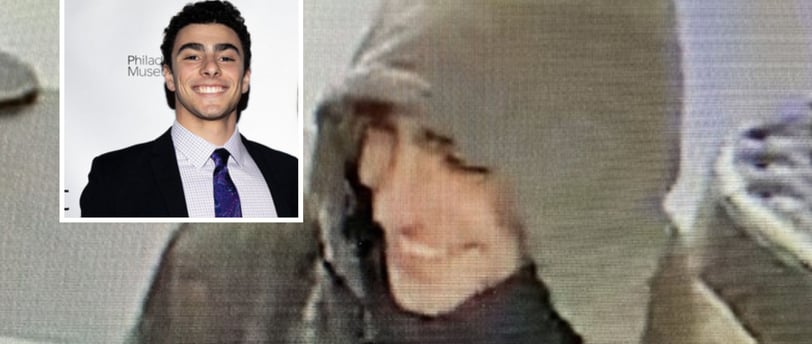Luigi Mangione, and the United Healthcare case
Luigi Mangione, and the United Healthcare case update
TRENDING NEWS
12/10/20242 min read


Luigi Mangione, a 26-year-old former Ivy League student from Maryland, has recently become the focus of a high-profile criminal case surrounding the fatal shooting of UnitedHealthcare CEO Brian Thompson. Arrested on December 9, 2024, at a McDonald’s in Altoona, Pennsylvania, Mangione was found in possession of a "ghost gun," a firearm assembled from untraceable parts, equipped with a silencer. Additionally, authorities discovered fake identifications and a handwritten manifesto in his possession, which expressed anti-corporate sentiments and alluded to grievances against modern societal structures.
Background and Education
Mangione graduated as valedictorian from the Gilman School in Baltimore in 2016, showcasing early academic brilliance. He later attended the University of Pennsylvania, where he studied computer science and engineering. While at Penn, he co-led a student club dedicated to video game development, a passion that combined his technical expertise with creative problem-solving. His academic and extracurricular achievements painted a picture of a bright and ambitious individual with promising prospects.
However, friends and classmates have since revealed that Mangione exhibited signs of isolation and disillusionment with societal norms during his university years. Some described him as intensely private, with a growing interest in philosophical and anti-establishment literature.
Online Footprint and Ideology
Investigators have uncovered a concerning digital trail linked to Mangione. His Goodreads account featured quotes and reflections that included excerpts from Ted Kaczynski, the infamous "Unabomber," known for his manifesto criticizing industrial society. Mangione’s writings and shared content expressed discontent with corporate greed, technological advancements, and societal inequalities.
These findings align with the anti-corporate rhetoric found in his handwritten manifesto, which was retrieved during his arrest. While the manifesto has not been fully disclosed, preliminary analysis suggests that Mangione viewed corporate institutions as oppressors contributing to social decay.
The Arrest
Mangione’s arrest followed an extensive manhunt. Law enforcement traced his movements across state lines after identifying him as a person of interest in Thompson's murder. His presence in Altoona was reported by a McDonald’s employee who recognized him from wanted posters. Authorities swiftly apprehended him without incident.
At the time of his arrest, Mangione was heavily armed, suggesting he might have been preparing for further acts or attempting to evade capture indefinitely. The possession of a ghost gun and a silencer raised further questions about his intentions and planning.
Current Legal Proceedings
While Mangione has been charged with illegal firearm possession, he has not yet been formally charged with Brian Thompson's murder. Authorities are still piecing together evidence to establish a concrete connection between Mangione and the fatal shooting. Surveillance footage, forensic evidence, and his manifesto are expected to play pivotal roles in the investigation.
Public Reaction and Speculation
The case has garnered significant media attention, sparking debates about mental health, societal pressures, and the influence of extremist ideologies. Mangione’s story has particularly resonated due to his transition from a gifted student to a fugitive accused of heinous crimes. Some view him as a cautionary tale of unaddressed psychological struggles, while others focus on the broader implications of accessible untraceable firearms and growing anti-corporate sentiments.
Ongoing Investigations
Authorities continue to investigate Mangione’s potential motives and connections to the murder. They are also examining whether he acted alone or if there were accomplices or enablers who supported his alleged actions. As the legal proceedings unfold, the case is expected to shed light on the complex interplay of personal disillusionment, societal issues, and extremist ideologies that may have led to this tragedy.
